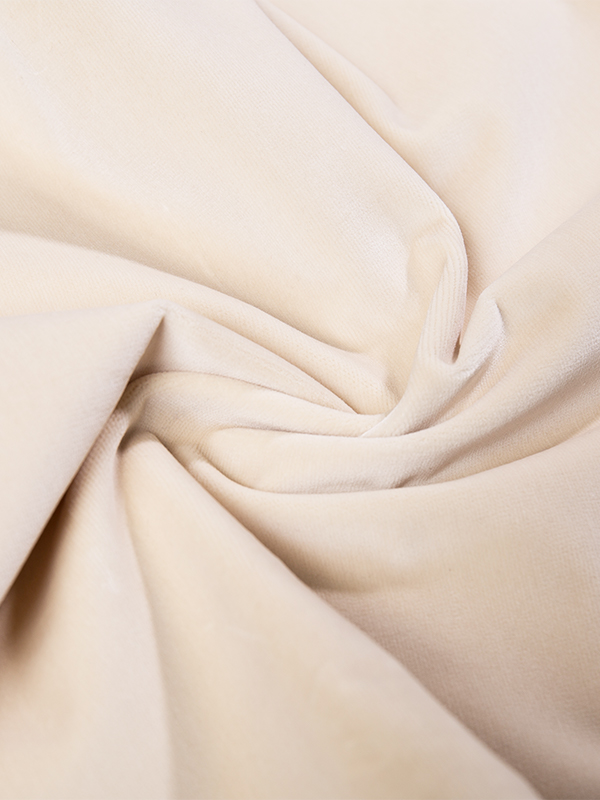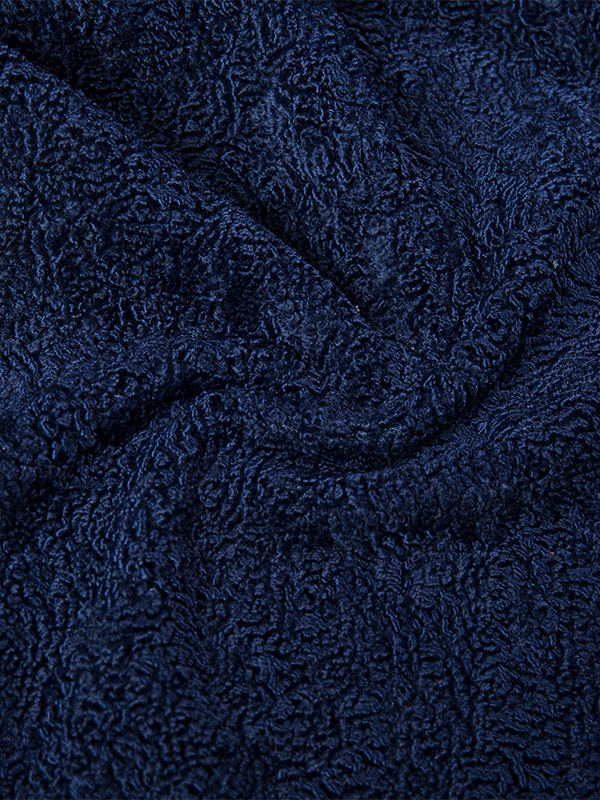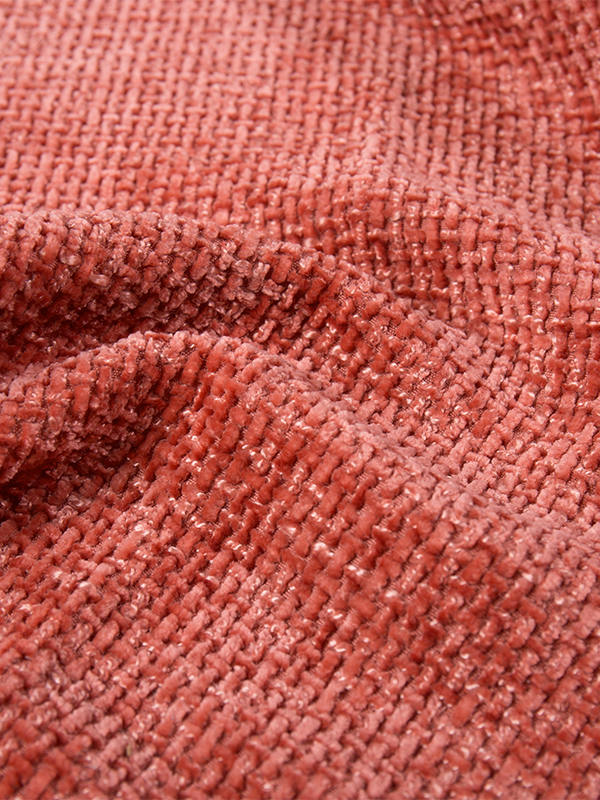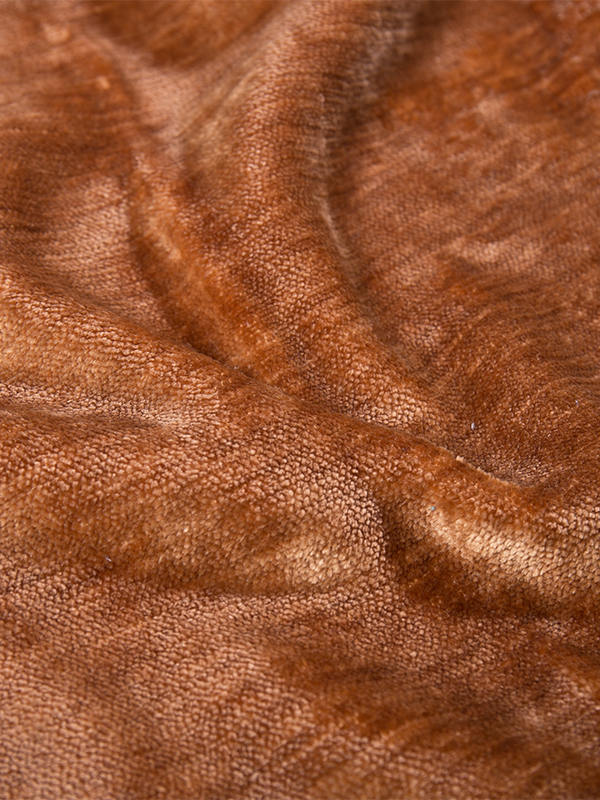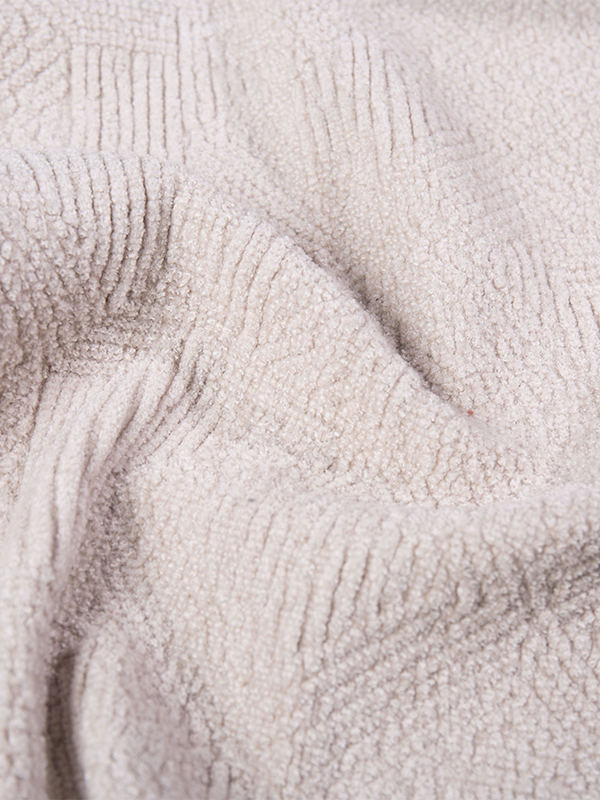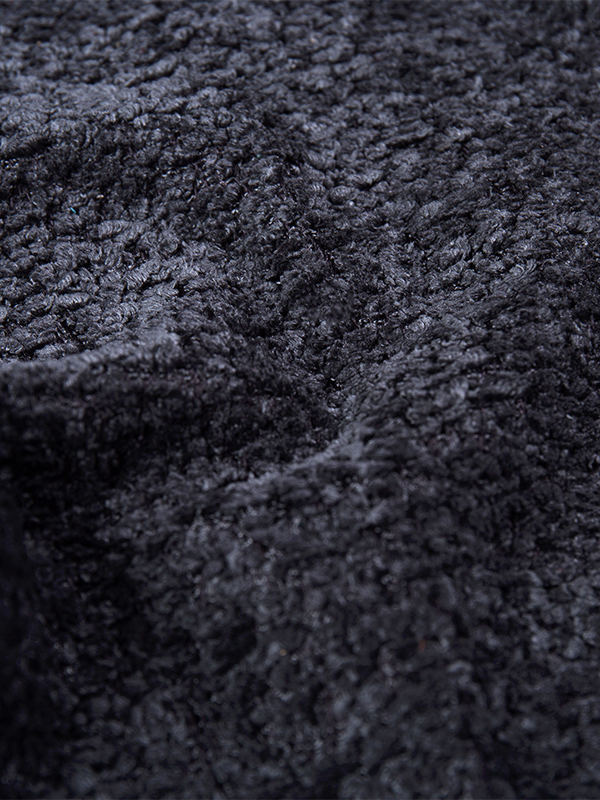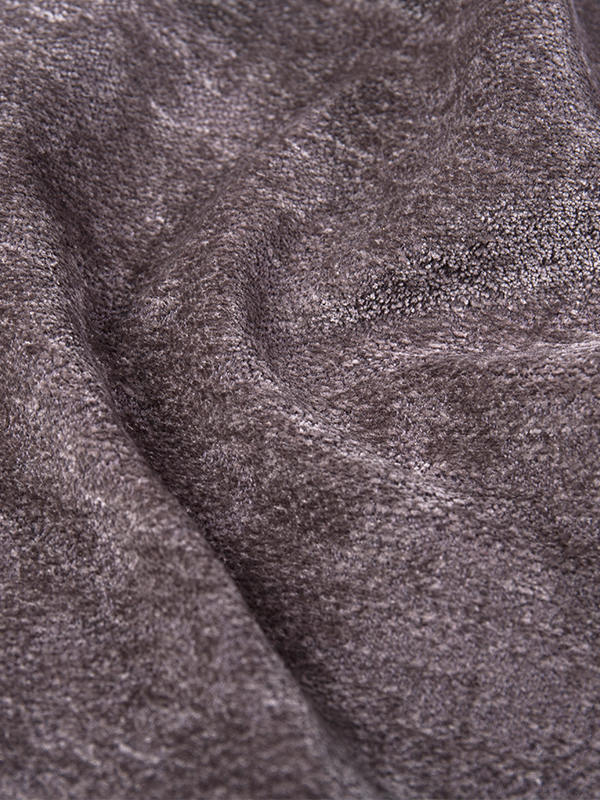Flannel Solid Green Upholstery Fabric has gained attention not only for its classic look and comforting texture but also for its sustainable appeal. In an age where environmental awareness shapes consumer choices, materials like flannel fabric stand out due to their natural composition and eco-friendly production processes. Flannel, traditionally made from cotton, wool, or blends thereof, offers a soft yet durable surface that is well suited for upholstery applications. The solid green color adds a versatile aesthetic that can complement a wide range of interior designs, from contemporary to rustic.
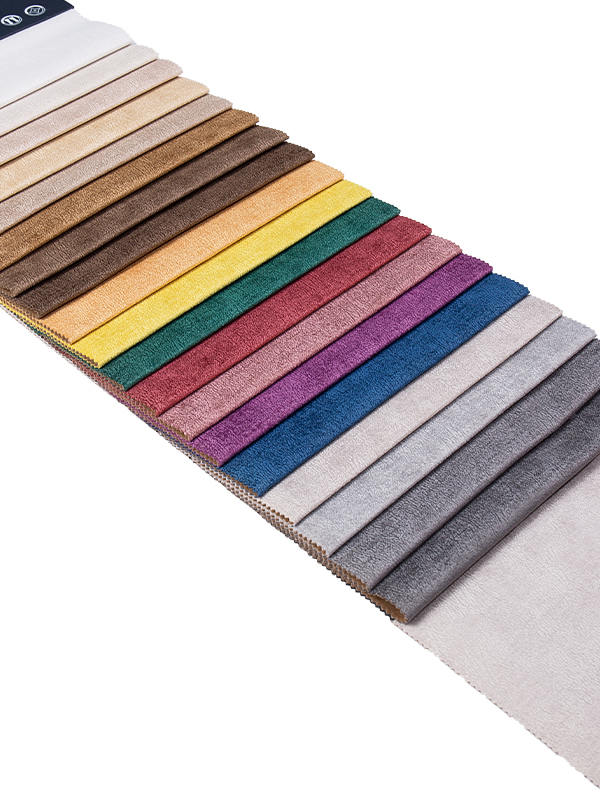
One of the key factors contributing to the sustainability of flannel solid green upholstery fabric is its fiber content. Cotton and wool, the primary raw materials for flannel, are renewable resources. When sourced responsibly, cotton cultivation and wool production can maintain soil health and biodiversity. Organic cotton and ethically raised wool further enhance the fabric's environmental profile by reducing the use of pesticides, synthetic fertilizers, and harmful chemicals. As a result, flannel fabric made from such fibers has a lower ecological footprint compared to synthetic upholstery fabrics.
Additionally, the manufacturing process for flannel fabric typically involves fewer chemical treatments than many synthetic alternatives. The fabric is brushed to create its characteristic soft nap, a mechanical rather than chemical finishing process, which contributes to its tactile appeal without significantly impacting the environment. This combination of natural fibers and minimal chemical intervention helps flannel solid green upholstery fabric appeal to eco-conscious consumers who seek durable, attractive, and responsible products.
The durability and longevity of flannel fabric also align with sustainable principles. Upholstery fabric that withstands wear and retains its appearance reduces the need for frequent replacement, thus waste. Furthermore, the solid green shade offers timeless style, ensuring that furniture upholstered with this fabric remains fashionable and relevant over time. These qualities collectively make flannel solid green upholstery fabric a practical and sustainable choice for both residential and commercial settings.
Identifying high-quality solid chenille fabric involves examining several key characteristics related to its construction, texture, appearance, and durability. Chenille fabric is known for its soft pile and plush surface, commonly used in upholstery, drapery, and decorative textiles. To ensure that a chenille fabric meets high standards, careful observation and assessment are necessary.
The fabric's texture offers important clues about its quality. High-quality solid chenille fabric should feel soft and smooth to the touch, with a consistent pile height that gives it a luxurious feel. The fibers should be densely packed, creating a plush surface without gaps or thin spots. Poor-quality chenille may feel coarse or uneven, and its pile may be sparse or irregular, which impacts both comfort and appearance.
Secondly, the fabric's weave and backing contribute significantly to its strength and durability. Chenille fabric is typically made from yarns woven around a core, creating the fuzzy surface. A tight, uniform weave indicates craftsmanship and helps prevent shedding or unraveling over time. Inspecting the backside of the fabric can also reveal the quality of construction; a neat and stable backing supports the pile and extends the fabric's lifespan.
Color consistency is another important factor. In solid chenille fabric, the color should be rich and uniform throughout the fabric. High-quality chenille maintains its dye well, resisting fading even after exposure to light or washing. Any noticeable variations in color or unevenness may signal lower quality or inferior dyeing processes.

 English
English 中文简体
中文简体 русский
русский عربى
عربى Español
Español